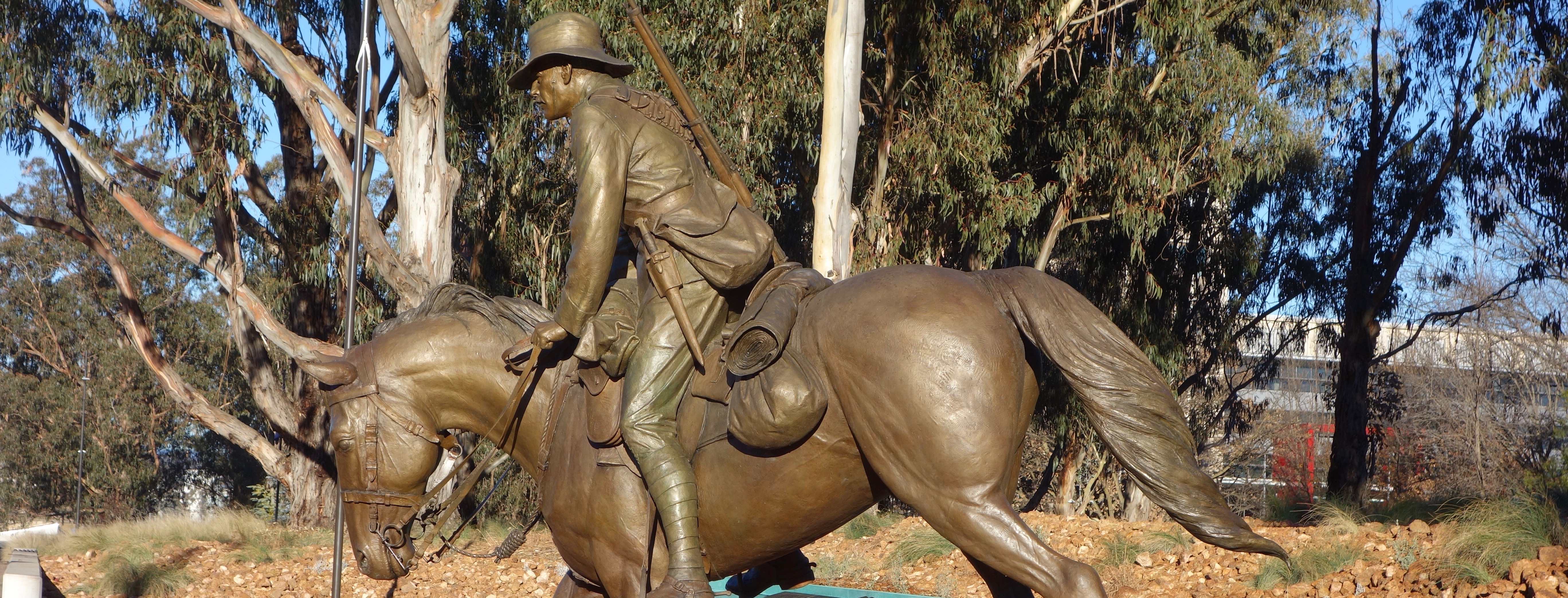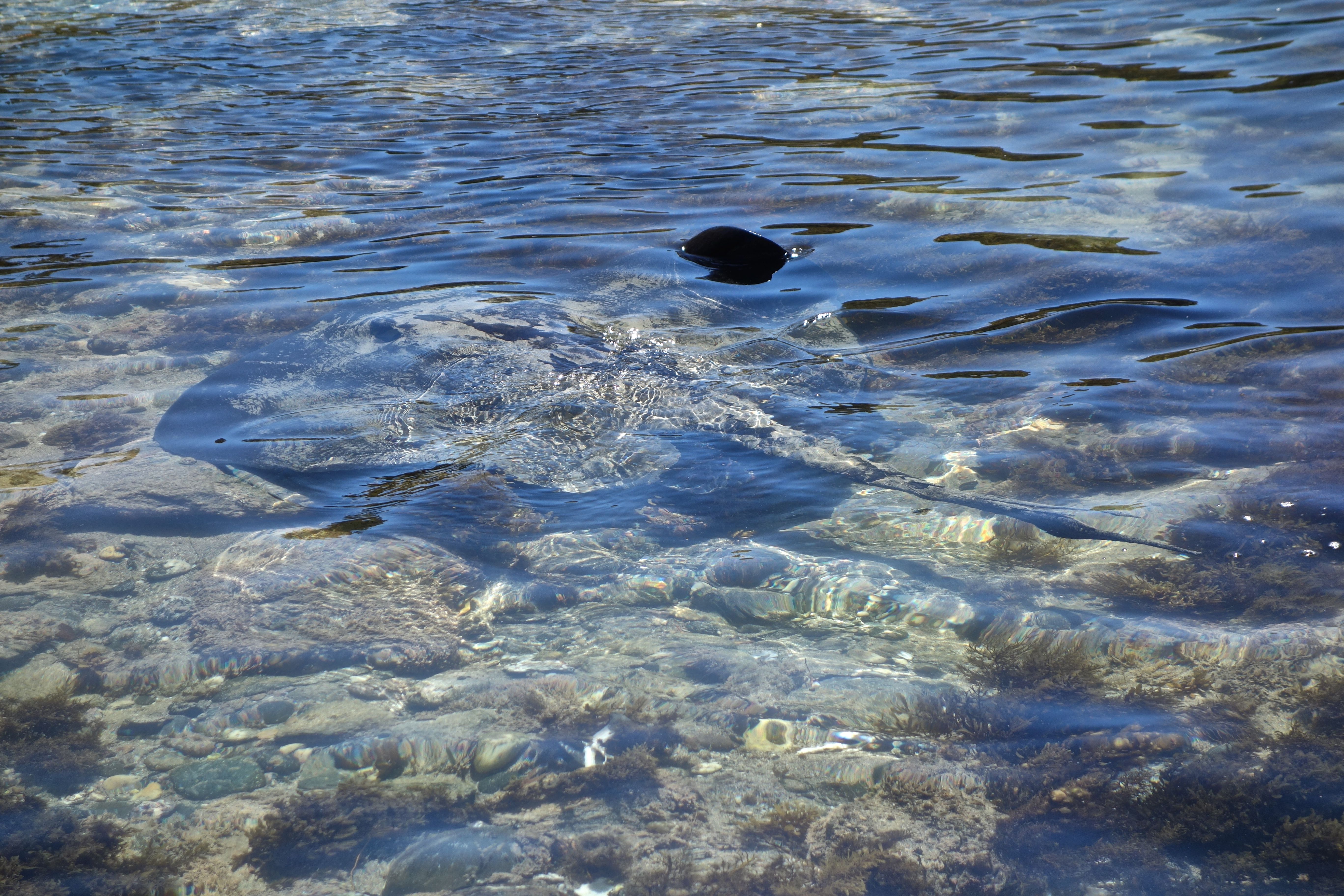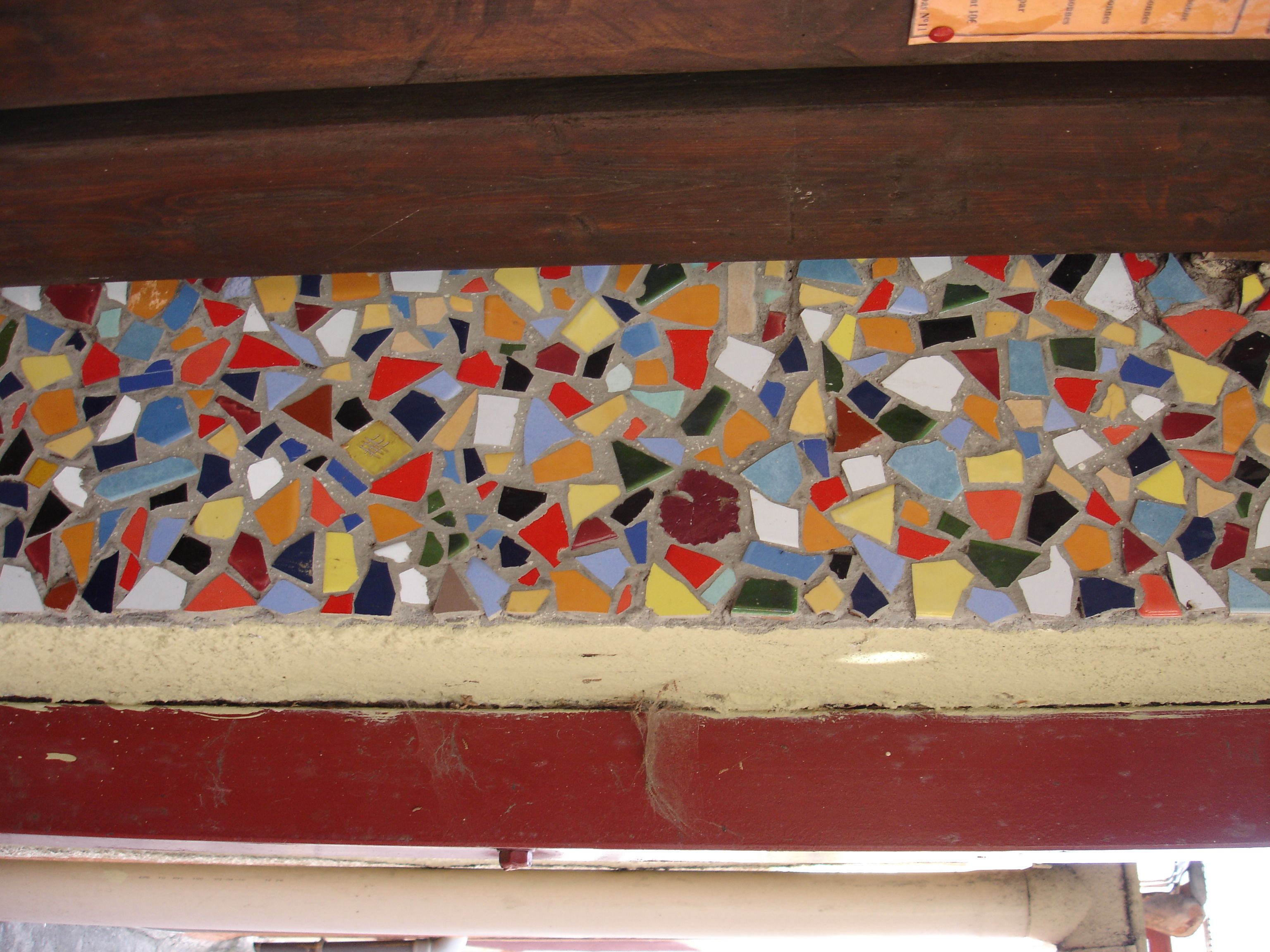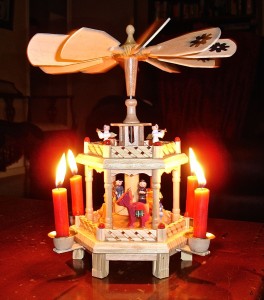This month I spent a weekend at Barlings Beach on the south coast of New South Wales, named after the Barling family who have been in the area since 1852. That’s a long time in Australia’s books.
On the way I saw an ex-church which has been here almost as long; the sign high above the door says 1855. The church now appears to be inhabited by free spirits. I was bold and brave and took photos of it, though I’m not sure I would have knocked on the door to ask for directions.
I don’t know if anyone was inside peering out, but as I wandered down the street and looked in the left hand window, something was looking back at me.

At Barlings Beach the air was dry and hot, and it felt good to be hotter than I’ve been since last summer. But this was no paradise, the sky overcast with dark blue clouds, the water green and waveless. Strange, but last time I was at this beach there was surf. And here and there, a few dead birds lay half-buried in the sand. I’ve read that they are short-tailed shearwaters, a type of muttonbird, that fly thousands of kilometres from the Arctic to arrive on the east coast of Australia at the start of summer. The long trek is too much for many of them.

Only one man was swimming. My husband. (No photo.) Another man was fishing, wetting his line really, while the women, who had been fishing from their esky seats, declared it a waste of time and settled down for a chat.

Another woman seemed to be wondering why the water was so flat. Was there something in the green murk that she couldn’t see? Only a few days before, a surfer had been bitten by a shark in waist-deep water at another beach up the coast. Knee-deep was a safe depth.

The rainless windstorm came and the temperature plummeted by 15 degrees. The wind blew itself out and the waves rolled in again. Later in the afternoon as I walked on the shore, I couldn’t believe it was the same beach as a few hours before.

Next morning, paradise had returned, and I walked to the rock platform that goes out to Barlings Island. When the tide’s low it’s possible to walk over to it on the rocks. The island is a significant Aboriginal heritage area associated with traditional laws and customs. It’s excellent for snorkelling, to see fish swimming through a giant underwater kelp forest.

On the way home, at a small beach called Mosquito Bay, I was standing on the boat ramp wondering how boats would survive a launching over the rocky bottom, when something moved around and over the ramp base. See the black part above the water?

It was a stingray, a Smooth Ray, according to the notice at the top of the ramp warning us not to harm them. I frequently walk in the edge-water, sometimes up to my knees, but this time I’d stayed on dry land. Wasn’t I happy about that! The blown-up photo in the header of this post shows the ray’s long sting, almost as scary as a flying celluloid doll in a church window.

It was another good trip away, another weekend of nature-watching. And, even better, people-watching.
Thanks again Marianne for the suggestion to take one trip EVERY month. Only one 2014 month to go, one 2014 trip to take.
*****




















